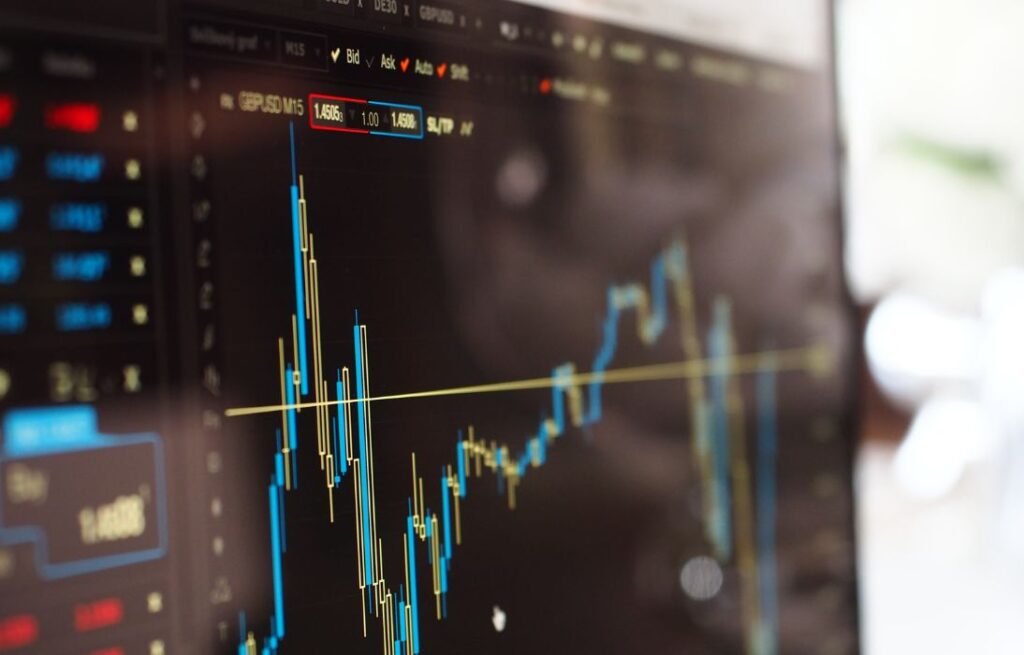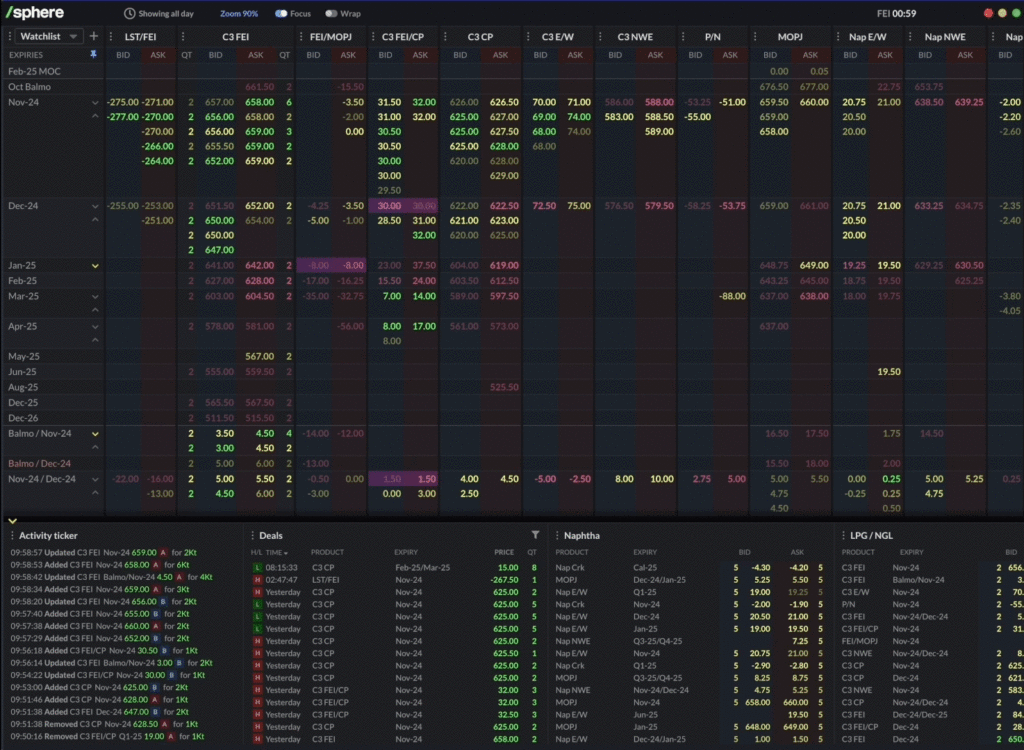Over the past few months, we’ve spoken with several leaders in the commodities trading space who have all said the same thing: tech teams can deliver the most value when they’re sat next to the trading teams.
In many businesses, software developers don’t get direct exposure to the domain knowledge traders have. There’s usually an intermediary like a business analyst who translates between the two. And while a business analyst might have a solid grasp of both sides, a lot still gets lost in translation. When technologists and traders talk to each other directly, the feedback loop tightens, misunderstandings get cleared up faster, and more value is created.
Jordan Dimov has spent years building trading systems at firms like Shell, Centrica, and asset management businesses. In this article, he shares how you can set your tech teams up for success in a trading environment.
Sit your tech teams next to the traders
When technologists and traders share the same space, knowledge transfer happens naturally through everyday interactions.
Engineers need to receive direct feedback from trading teams—not just to confirm whether what they’re building meets the need, but to refine and improve it. Is it useful in practice? Does the interaction make sense? Could it be more intuitive? These conversations also help traders better understand what’s technically possible. Sometimes they’ll ask for things that simply can’t be done as imagined, but with the right discussions, an alternative approach might emerge that works just as well.
At the same time, traders often don’t realise what is possible until they see it in action. Sitting together and discussing challenges in real time helps traders discover new capabilities, engineers uncover business needs that hadn’t been articulated, and both sides start asking better questions. Plus, technologists, as outsiders to the trading domain, naturally ask questions that might seem obvious, or even a little annoying at times. But time and again, these “naïve” questions expose inefficiencies, challenge long-standing assumptions, and push the business to rethink how things are done. Experts speaking to experts often skip over foundational questions, assuming shared understanding. A fresh perspective forces them to re-examine the basics, and that’s where real improvements are made.
Hire curious and open-minded people
While deep domain expertise doesn’t have to be a big part of your hiring criteria—some interest in commodities, energy or trading is always a good sign. A developer who’s genuinely curious about energy markets is worth far more than one who just sees it as another programming job. You want your team members to be asking why, not just what. To not just build what traders ask for, but for your team to try and understand the larger business context behind the request.
At the same time, traders need to be willing to take on fresh perspectives from the tech side. If the tech team challenges an assumption about what’s essential for strategy or profitability, traders should be ready to reconsider their stance. The best results come when both sides recognise that expertise isn’t one-sided—sometimes, the most valuable insights come from those looking at the problem through a different lens.
Provide robust training
Give new technologists proper training and structure early on—especially if they’re coming from outside the industry. They need the right vocabulary to communicate with traders, because both sides can struggle to explain things in each other’s language. Developers might not have the right business or trading terms, while traders often assume their way of working is universally understood when it isn’t.
That said, training alone isn’t enough. You can put new hires through weeks of structured sessions on power markets, gas pipelines, trading instruments, or deal lifecycles—but until they’re solving real problems, most of it won’t stick. The key is balance. Give them enough onboarding to start contributing, but introduce deeper concepts at the right time—when the work they’re doing makes those ideas tangible. That way, they don’t just learn the theory; they see how their work fits into the bigger picture and delivers real value.
Need some help?
For more insights, follow Jordan Dimov on LinkedIn.
Also, check out Jordan’s “Commodity Trading for Software Engineers” training. It’s a practical, project-based 3-month course designed specifically for software or data professionals who want to understand the unique challenges of building systems for commodity trading, with a particular focus on energy markets.
By deepening their domain knowledge, your team will be able to build more effective solutions, anticipate challenges, and work more seamlessly with the business. Message [email protected] to learn more about upcoming cohorts.
Looking for more insights?
Get exclusive insights from industry leaders, stay up-to-date with the latest news, and explore the cutting-edge tech shaping the sector by subscribing to our newsletter, Commodities Tech Insider.





